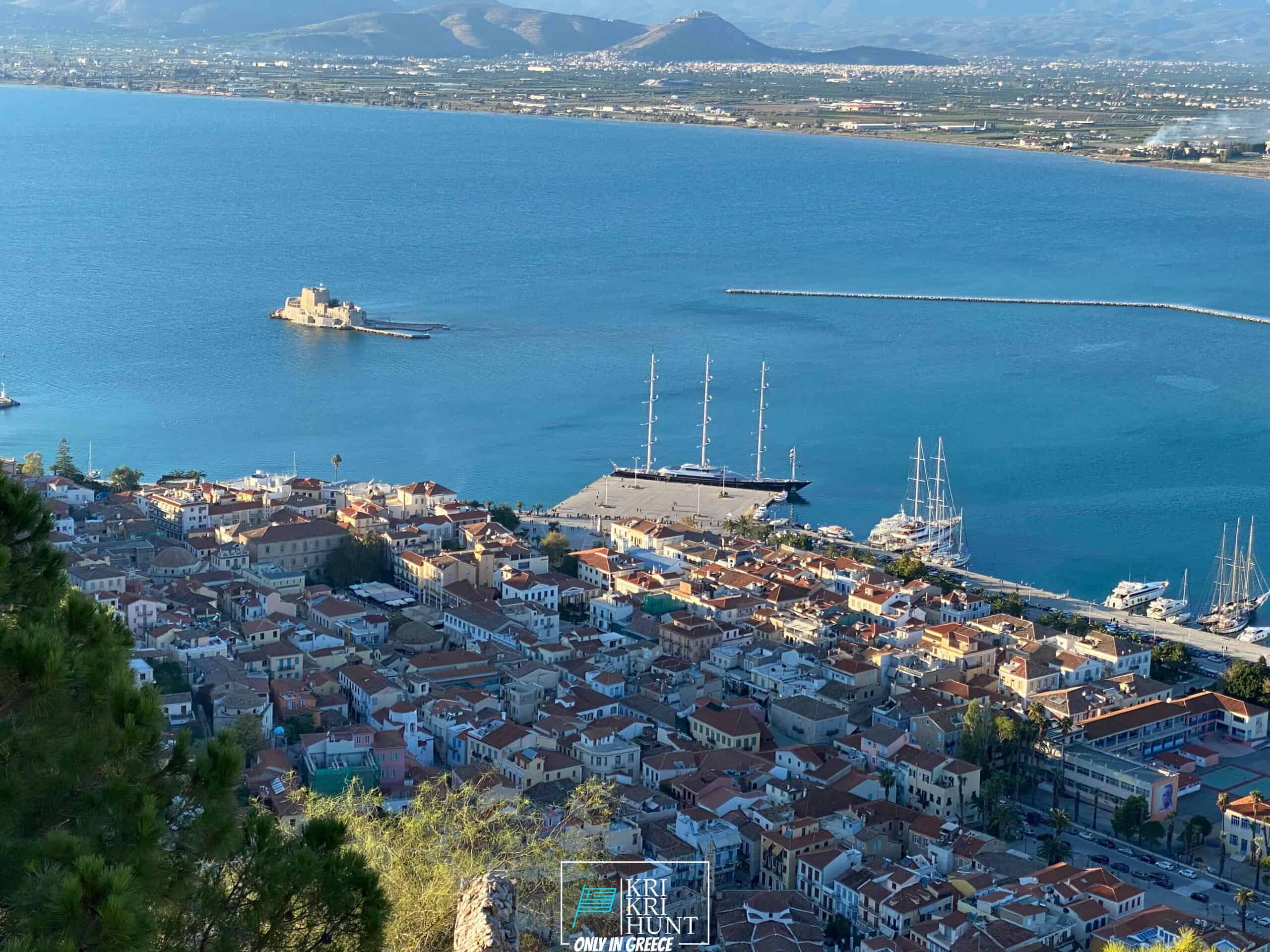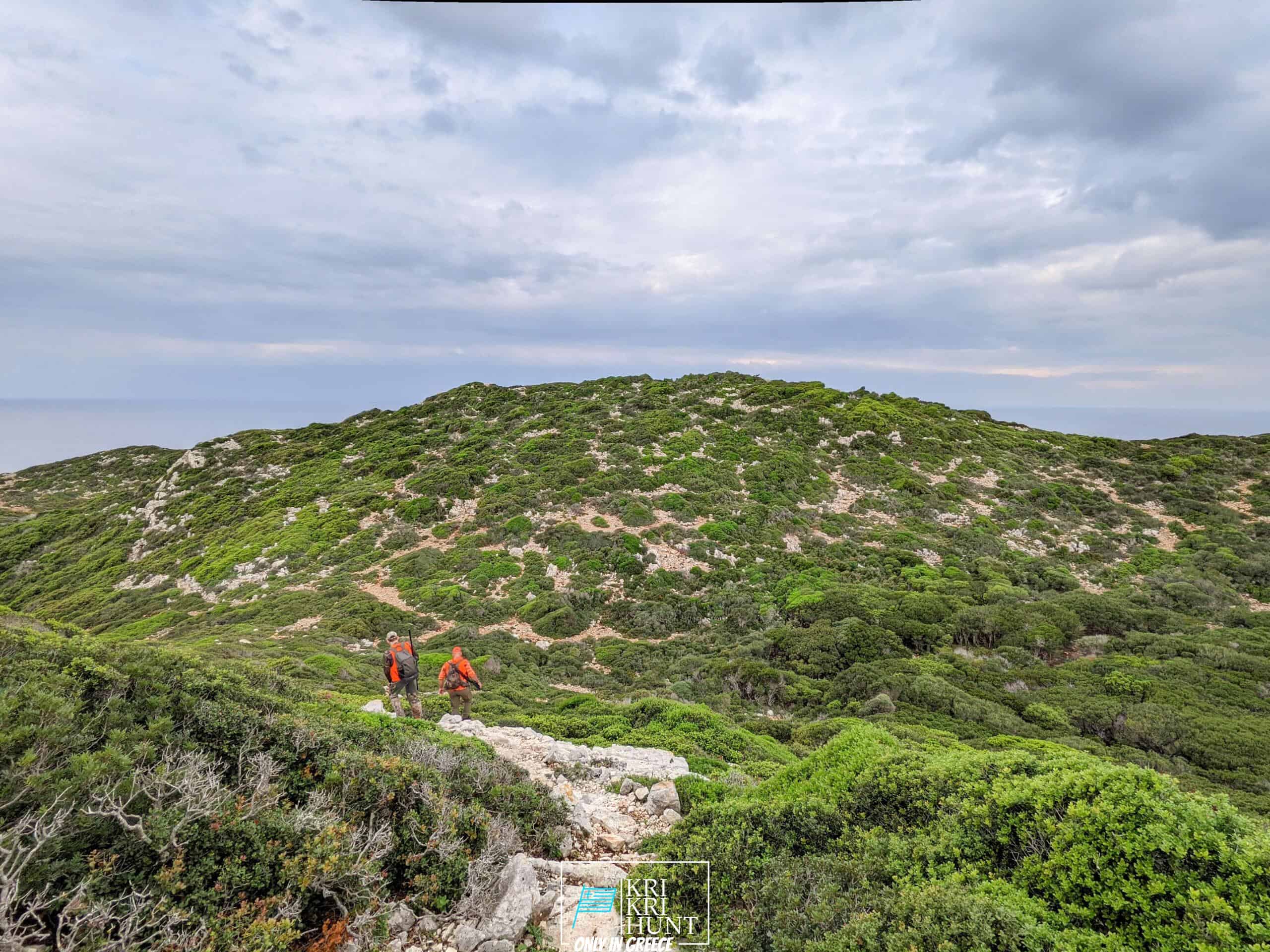Kri kri ibex hunting in Greece
Kri kri ibex hunting in Greece
Blog Article

The ibex hunt is an unbelievable vacation and also amazing hunting exploration in Greece. It is not always a difficult quest and also unpleasant problems for the majority of seekers. What else would certainly you like to desire for throughout your trip of ancient Greece, diving to shipwrecks, and also hunting for Kri Kri ibex on an exotic island for 5 days?

The kri-kir is not believed to be indigenous, probably having actually shown up on Crete while of Minoan civilization. It can only been found here and also there which makes this meat types a native to the island for our little island in Greece Hunting kri kri ibex in Greece is tough, whether you're a local hunter or a worldwide one. Searching big game in Greece is limited, so neighborhood seekers should seek out wild boars or roe deer (Kri Kri ibex may only be pursued on specific protected islands). Two islands, Atalanty and Sapientza, are 300 kilometres as well as 150 kilometres off the coast of Athens, respectively, where we provide the opportunity to quest this unique animal. According to Greek legislation, the Kri Kri ibex and mouflon might only be shot on unique hunting locations from early morning till twelve noon. Only shotguns are permitted, and also only slugs may be used. You have to schedule a year ahead of time for these licenses, as just major hunters are permitted on these journeys. To ensure that just severe seekers come on these pursues, the licenses are released by the Greek Ministry of Nature and Agriculture and the government issues a specific number of them every year.
Our exterior searching, fishing, and also cost-free diving excursions are the perfect method to see every little thing that Peloponnese has to provide. These trips are created for tourists that wish to leave the beaten path as well as actually experience all that this incredible region needs to provide. You'll reach go hunting in a few of the most attractive wilderness areas in Greece, fish in crystal-clear waters for a variety of different types, and also totally free dive in a few of the most stunning coast in the Mediterranean. And best of all, our knowledgeable overviews will exist with you every action of the way to make sure that you have a pleasurable and secure experience.
Look no even more than the Sapientza island in Greece if you are looking for Kri Kri ibex quest as well as memorable trip location. With its spectacular natural beauty, tasty food, and also abundant culture, you will not be disappointed. Reserve among our hunting and also touring Peloponnese Tours from Methoni today, dot neglect your trophy Kri Kri ibex!
What is the diference between Kri Kri ibex, Bezoar ibex and hybrid ibex
The kri-kri is not thought to be indigenous to Crete, most likely having been imported to the island during the time of the Minoan civilization. Nevertheless, it is found nowhere else and is therefore endemic to Crete. It was common throughout the Aegean but the peaks of the 8,000 ft (2,400 m) White Mountains of Western Crete are their last strongholds–particularly a series of almost vertical 3,000 ft (900 m) cliffs called ‘the Untrodden’—at the head of the Samaria Gorge. This mountain range, which hosts another 14 endemic animal species, is protected as a UNESCO Biosphere Reserve. In total, their range extends to the White Mountains, the Samaria National Forest and the islets of Dia, Thodorou, and Agii Pandes.
This Ibex is NOT a diminutive form of the Bezoar Ibex, which has migrated into the western-most reach of the range of this species. The kri – kri (Capra aegagrus cretica), sometimes called the Cretan goat, Agrimi, or Cretan Ibex, is a feral goat inhabiting the Eastern Mediterranean, previously considered a subspecies of wild goat. The kri-kri has a light brownish coat with a darker band around its neck. It has two horns that sweep back from the head. In the wild they are shy and avoid tourists, resting during the day. The animal can leap some distance or climb seemingly sheer cliffs.
“The agrimi goat Capra aegagrus cretica is unique to Crete and its offshore islands. It has been identi®ed as a sub-species of the wild bezoar goat Capra aegagrus aegagrus Erxleben, 1777, which it closely resembles in horn shape, body form and coloration. This classi®cation has been disputed by some researchers who claim that the agrimi are feral goats, derived from early domestic stock brought to the island by the ®rst Neolithic settlers. In order to clarify this issue, DNA analyses (cytochrome b and D loop sequences) were carried out on tissue of live and skeletonized agrimi and compared to sequences of wild and domestic caprines. Results conclusively show the agrimi to be a feral animal, that clades with domestic goats (Capra hircus) rather than with wild Asiatic bezoar. This study demonstrates that morphometric criteria do not necessarily re¯ect genetic af®nities, and that the taxonomic classi®cation of agrimi should be revised.”
Report this page